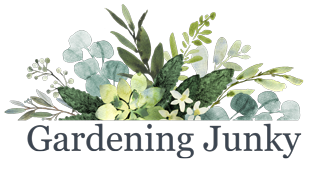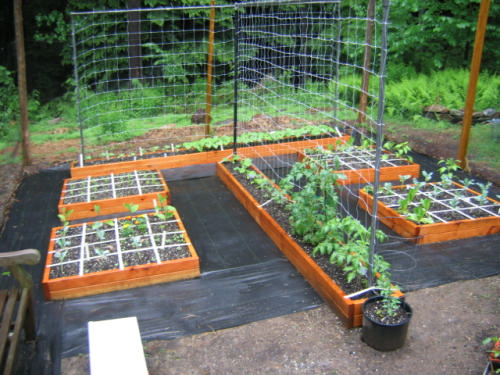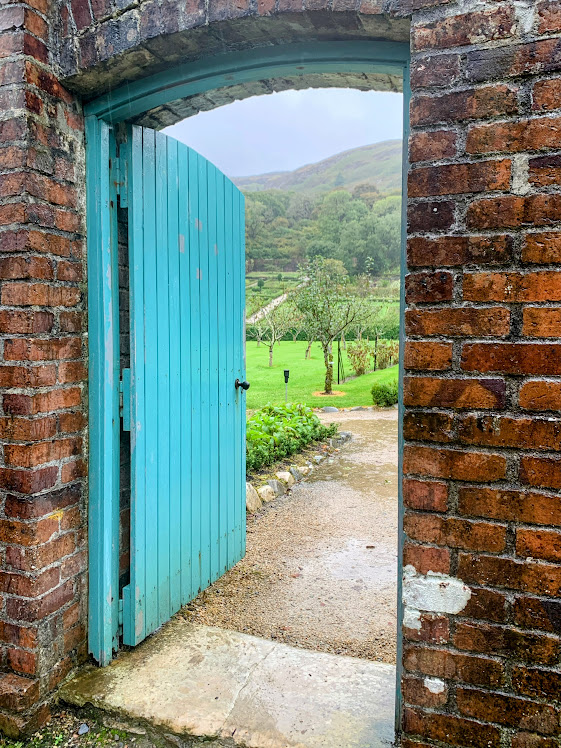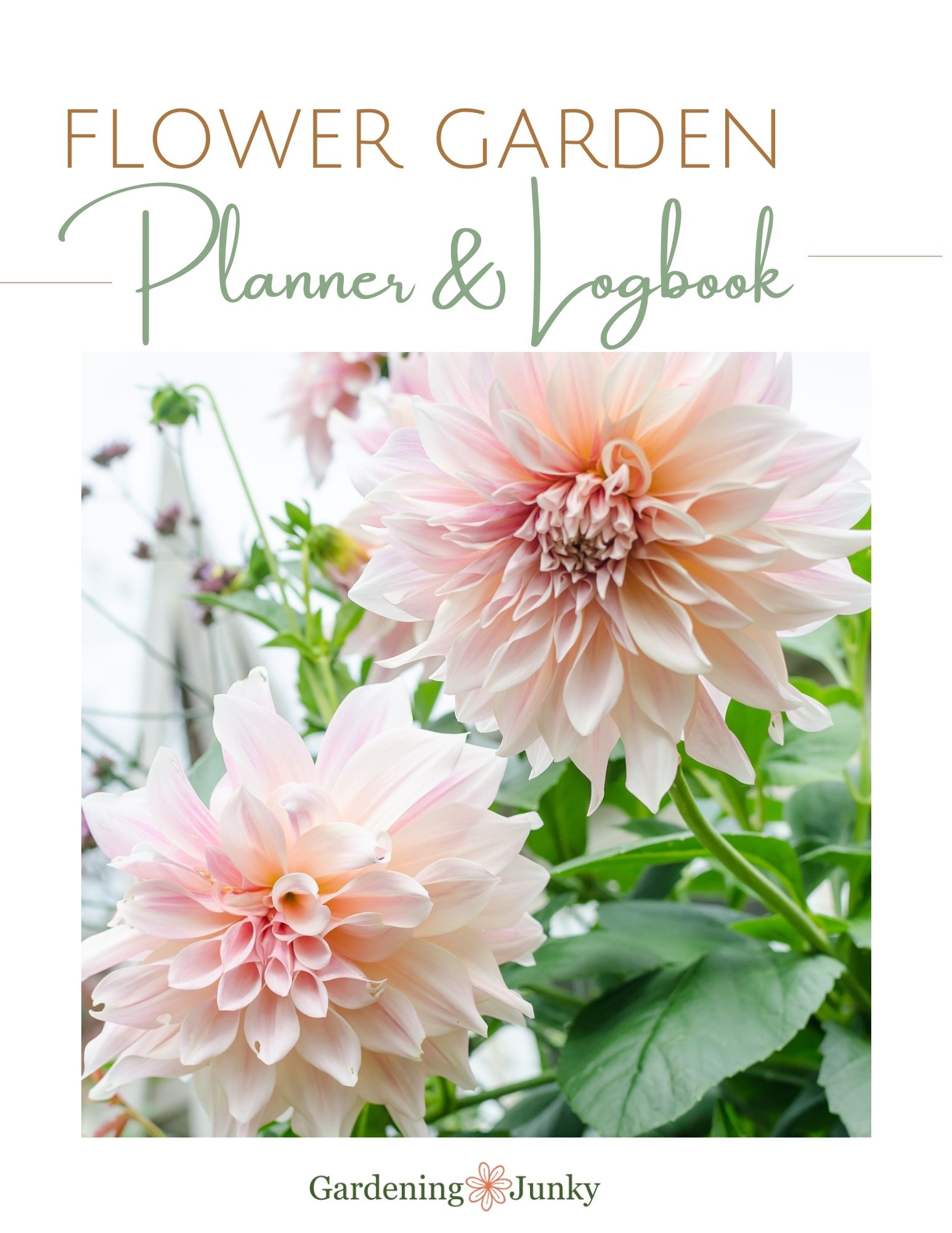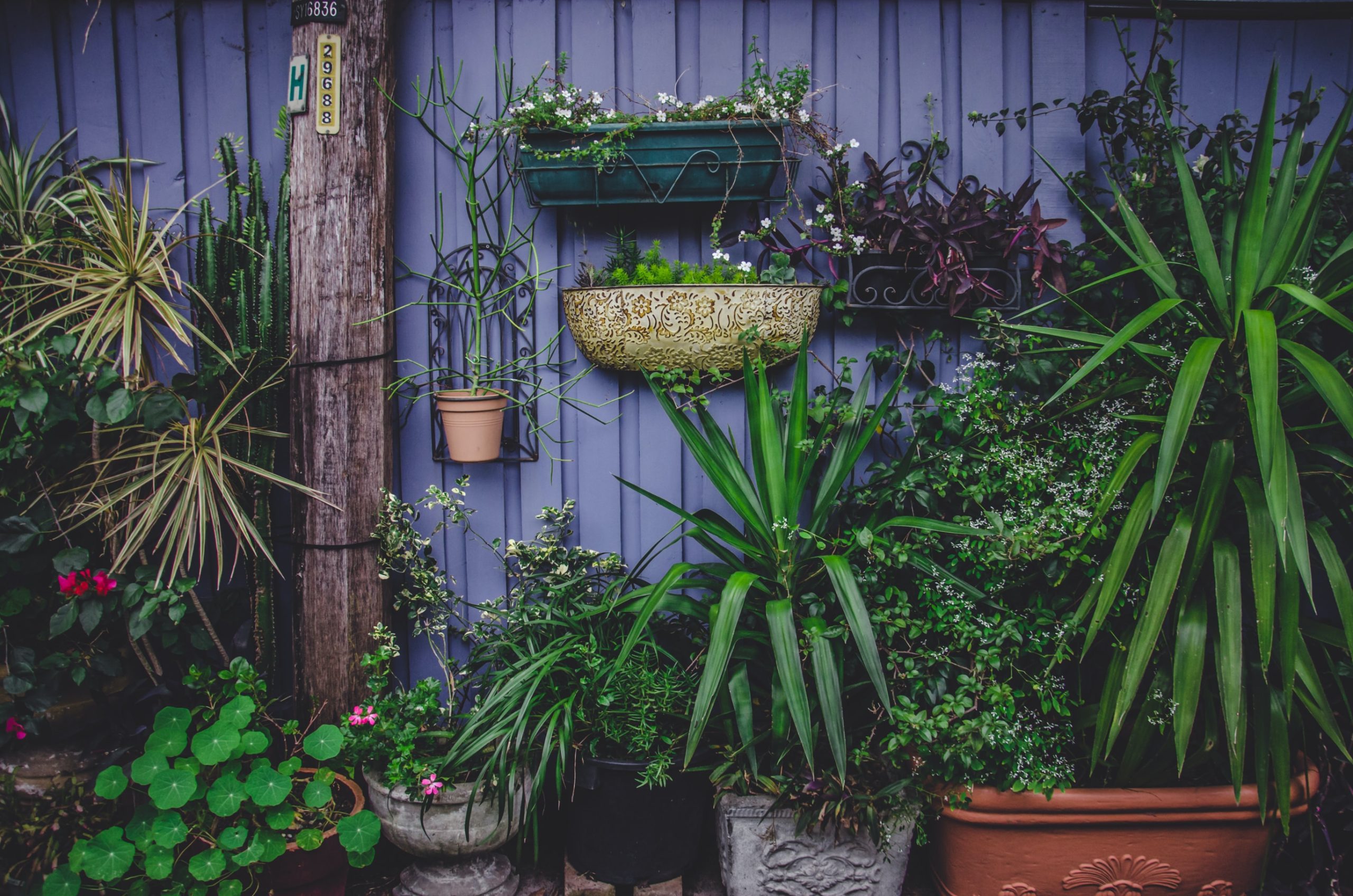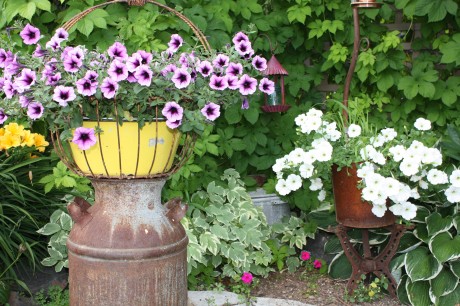Why Garden Pollinators Matter: 5 Crucial Questions Explained
Welcome to our latest blog post where we explore the fascinating world of garden pollinators. Have you ever stopped to wonder about the importance of these tiny creatures that buzz around your flower beds and vegetable patches? Well, wonder no more! In this article, we’ll answer five key questions about pollinators and show you why they are essential for a thriving garden ecosystem. So sit back, grab your favorite beverage, and let’s delve into the wonderful world of garden pollinators!

1
What are Garden Pollinators?
There are many different types of pollinators, but all have one key job: to transfer pollen from the male organ or stamen of a flower to the female organ or pistil. This process is called pollination, and it’s vital for the reproduction of most flowering plants. Pollinators like bees, butterflies, and birds play an important role in our ecosystems and our food supply.
Without pollinators, we wouldn’t have foods like apples, almonds, avocados, blueberries, broccoli, cantaloupes, carrots, cherries, coffee, cucumbers, grapes, honeydew melons, kiwis, mangoes, onions, pumpkins squash…the list goes on! In fact, according to the USDA National Agricultural Statistics Service, about one third of the human diet comes from insect-pollinated plants.
Bees are by far the most common type of garden pollinator. There are more than 20,000 species of bees worldwide! They come in all sorts of shapes and sizes and can be found on every continent except Antarctica. While most bees live in colonies managed by beekeepers (like honeybees), many others are solitary creatures that nest in the ground or in hollow trees.
Butterflies are another popular type of pollinator. These beautiful insects have long been associated with nature and beauty. Like bees, there are thousands of different species of butterflies spread out across the globe. One key difference between bees and butterflies is that bees are able to fly in all directions, whereas butterflies can only fly forwards. This means that bees can cover a greater area when they are looking for food, and as a result they are more likely to come into contact with a wider range of flowers. This increased level of contact means that bees are far more effective at pollinating flowers than butterflies.
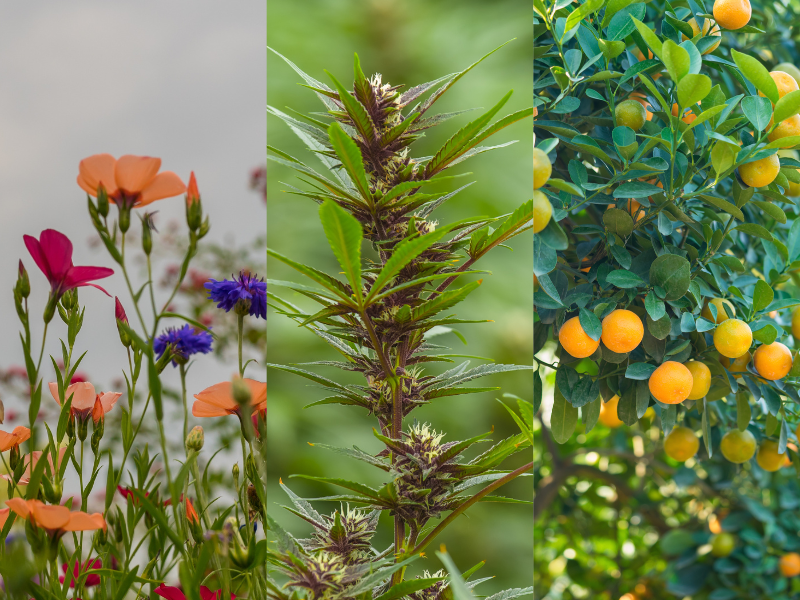
2
What Types of Plants Attract Pollinators to your Garden?
There are a variety of plants that attract pollinators to gardens, including:
- Flowers: Pollinators are attracted to brightly colored flowers with a strong scent. Some good examples of flowers that attract pollinators include: bee balm, cosmos, lavender, marigolds, and zinnias.
- Herbs: Many herbs are also excellent at attracting pollinators. Some good examples include: basil, catnip, oregano, rosemary, and thyme.
- Fruits and vegetables: Many fruits and vegetables also attract pollinators. Good examples include: tomatoes, cucumbers, squash, strawberries, and raspberries.
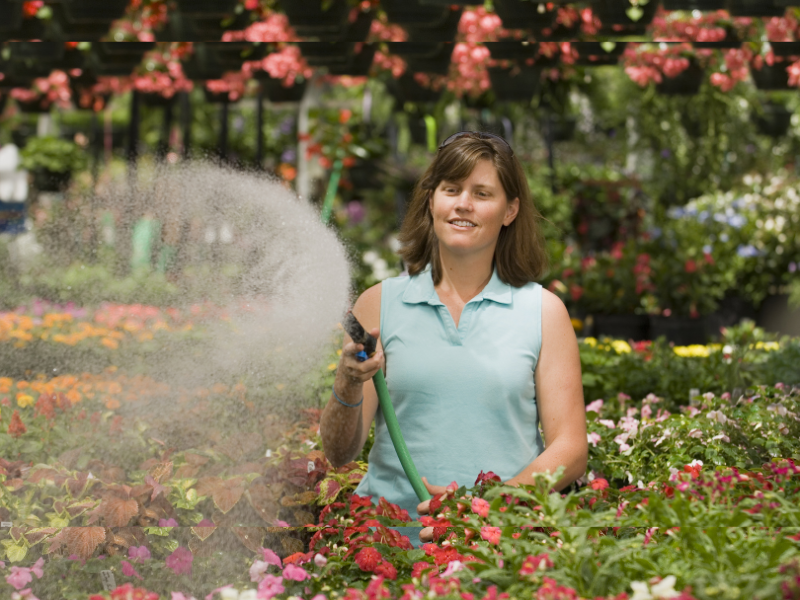
3
How Can I Create a Healthy Habitat for Pollinators in my Garden?
If you’re looking to create a healthy habitat for pollinators in your garden, there are a few key things to keep in mind.
- First, provide a diversity of plant life for them to feed on – native plants are always a good choice.
- Second, create a safe place for them to nest and rest by avoiding the use of pesticides and herbicides.
- Give them some water to drink by adding a shallow dish or birdbath filled with fresh water.
By following these simple tips, you can create a garden that’s not only beautiful, but also provides an important refuge for our hardworking pollinators.
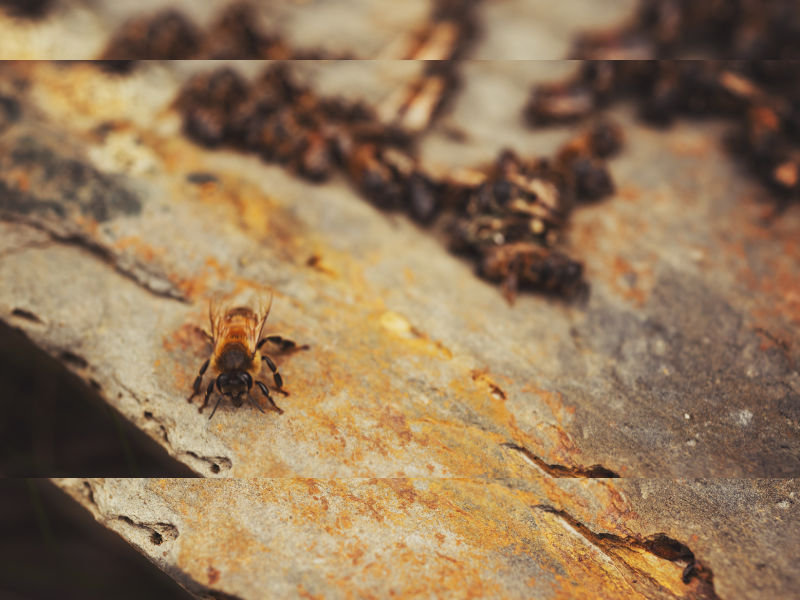
4
What Are Some Common Challenges to Protecting and Conserving Garden Pollinators?
One challenge to protecting garden pollinators is that many of them are declining in population due to a variety of factors, including habitat loss, pesticide use, and disease.
This makes it difficult to conserve them because there are fewer individuals to protect. Additionally, some pollinators are more at risk than others; for example, wild bees are declining more rapidly than managed honeybees. This means that conservation efforts must be targeted and specific in order to be effective.
Another challenge is that gardens are often located in urban areas, where there may be limited green space and a high density of people and pets. This can make it difficult to create a safe haven for pollinators, as they may be exposed to potential threats such as noise pollution, light pollution, and traffic. It is also important to consider the needs of different pollinator species when creating a garden; for instance, some bees nest in the ground while others live in trees.
Climate change is a major threat to pollinators worldwide. As temperatures rise and weather patterns become more extreme, many pollinator species will struggle to survive. This makes it even more important to create habitat for them in our gardens and take steps to reduce our own impact on the environment.
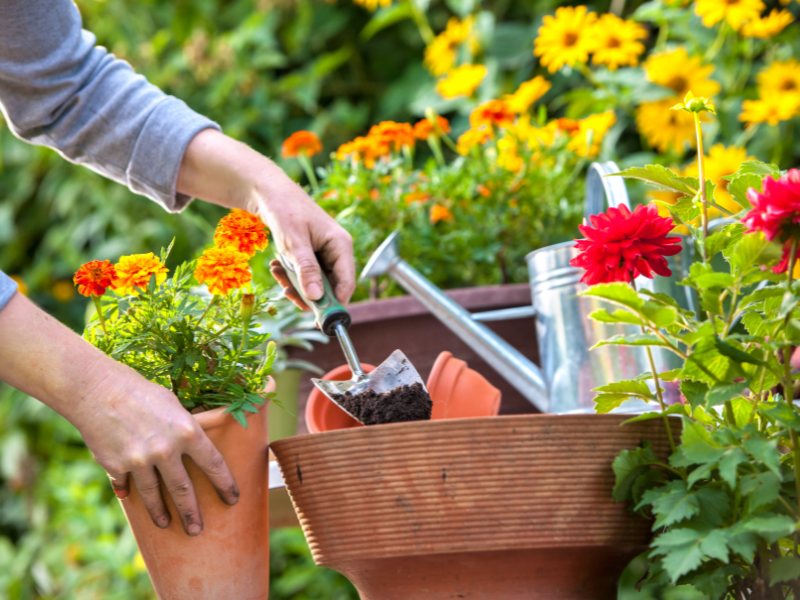
5
How Can You Help Support and Promote a Pollinator Garden?
If you’re interested in helping to support and promote pollinator gardens, there are a few things you can do:
- Educate yourself and others about the importance of pollinators and their decline. The more people that are aware of the issue, the more likely they are to take action.
- Plant a pollinator-friendly garden yourself. This will provide habitat and food for pollinators, as well as help increase their populations.
- Get involved with local or national initiatives that are working to protect pollinators. This could involve things like volunteering, donating, or spreading awareness about these initiatives.
- Speak up when you see someone doing something that could harm pollinators. For example, if you see someone spraying pesticides near a wildflower patch, let them know about the potential damage they could be causing.
- Simply enjoy and appreciate pollinators! Take time to watch them at work in your garden or elsewhere, and marvel at the important role they play in our ecosystems.
Conclusion
We have seen how important pollinators are to the world’s garden ecosystems, and how their destruction would be detrimental to our planet. It is imperative that we take steps to protect these vital creatures so that we can continue to enjoy the beauty of our gardens for years to come.
By learning more about pollinators, and taking active measures such as planting flowers that attract them in your local area, you can make a real difference in helping preserve the delicate balance of nature.
